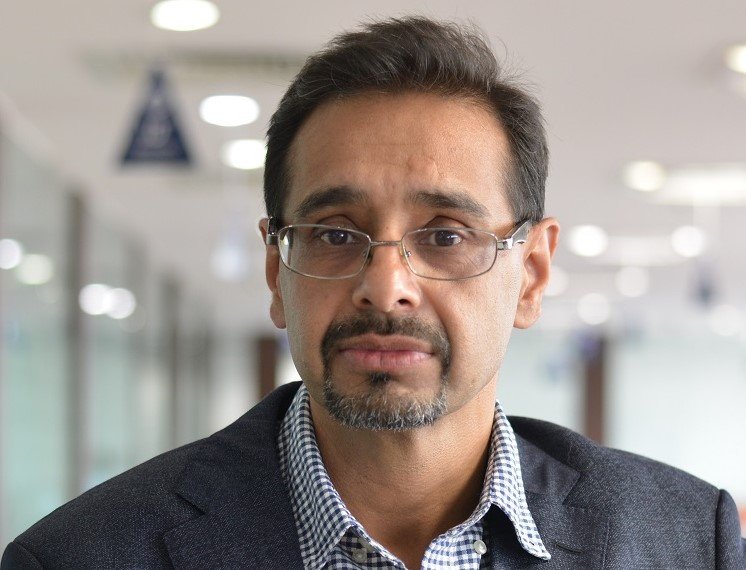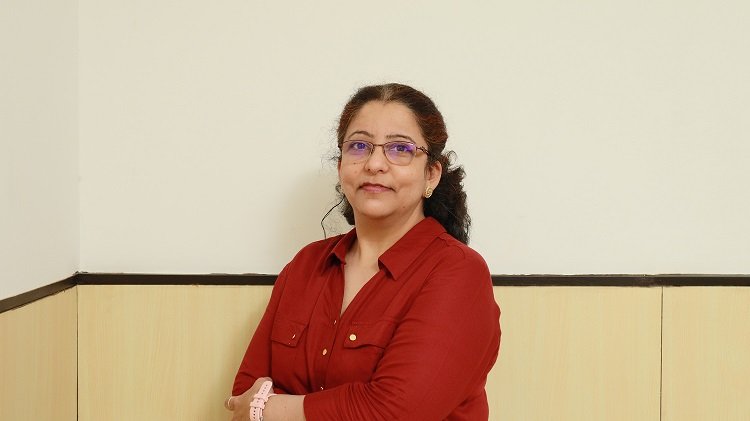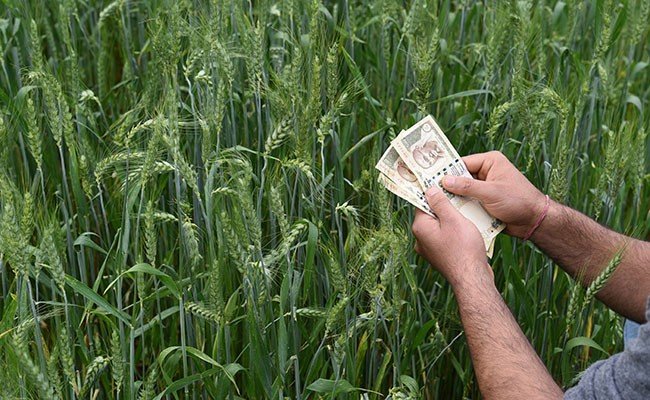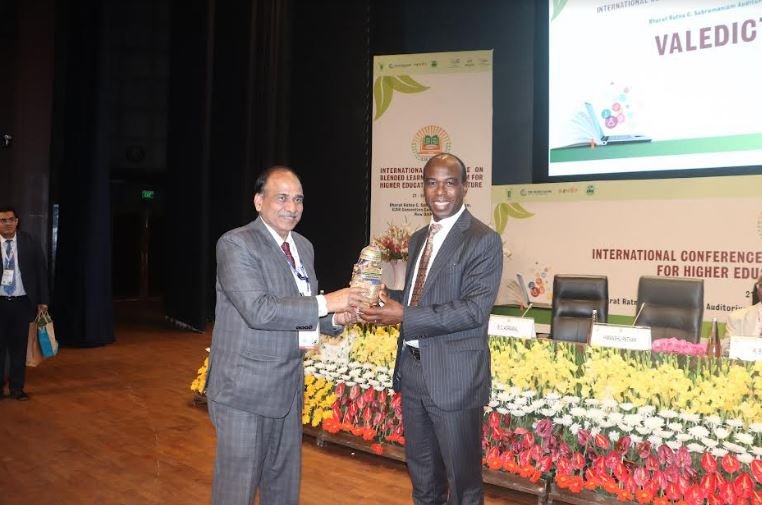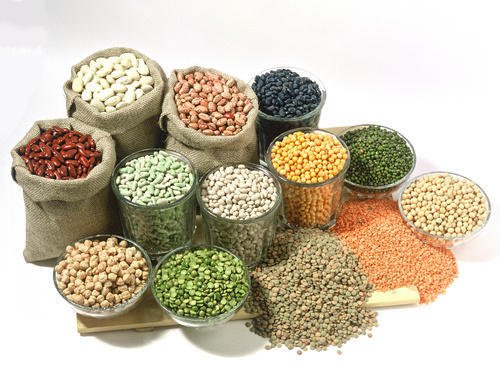Empowering Indian Farmers with Open-Source Technology
By Ananda Verma, Founder, Fasal
The Indian agriculture sector is facing various challenges such as land fragmentation, climate change, declining soil fertility, low productivity, limited access to markets, high input costs and more. Open-source technology can be a game-changer in dealing with these issues and the government has already started setting up the foundation.
According to a report by Allied Market Research, the global precision agriculture market size was valued at $6,457 million in 2020 and is projected to reach $23,056 million by 2030, growing at a CAGR of 13.4 per cent from 2020 to 2030. Incorporating technology into agriculture has no doubt been transformative empirically but has also enabled farmers to easily connect with other farmers, researchers, and industry professionals for knowledge-sharing and promoting collaborative work within the industry. As the saying goes, “Many hands make light work” and agritech has been a key catalyst in facilitating this shift.
What is open-source technology?
Within the tech ecosystem, there is a specific approach to software development called open source which has been taking root in the agriculture sector lately. It refers to any software or technology whose source code is made available to the public, allowing anyone to view, use, modify, and distribute it freely. It typically involves a collaborative and transparent development process, with a community of developers working together to improve and maintain the technology.
Open source can be used for a wide range of applications, from software development tools and operating systems to databases and web frameworks. It is often favoured by developers and organisations because of its flexibility, cost-effectiveness, and community-driven development model. We are already surrounded by open-source tech and most likely use them in our daily lives. WordPress is a perfect example and is an open-source content management system used to create websites and blogs. The classification extends to tools like Python, MySQL, Git and many more.
Opening up doors in agriculture
Open-source technology is playing a significant role in revolutionising agriculture by providing farmers with access to new tools, data, and knowledge, and enabling them to make more informed decisions about their farming practices. The interoperability and openness that come with the territory make it very valuable to many stakeholders in the agriculture supply chain.
Within the agritech segment, hardware is as important as the supporting software. Open-source hardware is a growing field, with developers and farmers collaborating to create low-cost, easy-to-use sensors, drones, and other farming tools that can be customised to meet specific needs. It is enabling farmers to collect data on crop and soil conditions, monitor weather patterns, and optimise irrigation and fertilisation, among other things.
Parallely, open-source software is being used to develop a wide range of applications for agriculture, including crop-modelling, yield-forecasting, farm-management software etc. This type of software enables farmers to optimise their farming practices, reduce waste, and increase efficiency.
As part of any agritech solution, data plays a significant role in providing actionable insights to farmers. Open data initiatives are providing farmers with access to large amounts of data on weather patterns, soil conditions, crop yields, and more. This data can be used to inform decisions about planting and harvesting and to improve overall farm-management practices. The Open Data Kit is a popular example of an open-source tool used for data collection in agriculture.
To read more click on : https://agrospectrumindia.com/e-magazine
By Ananda Verma, Founder, FasalThe Indian agriculture


